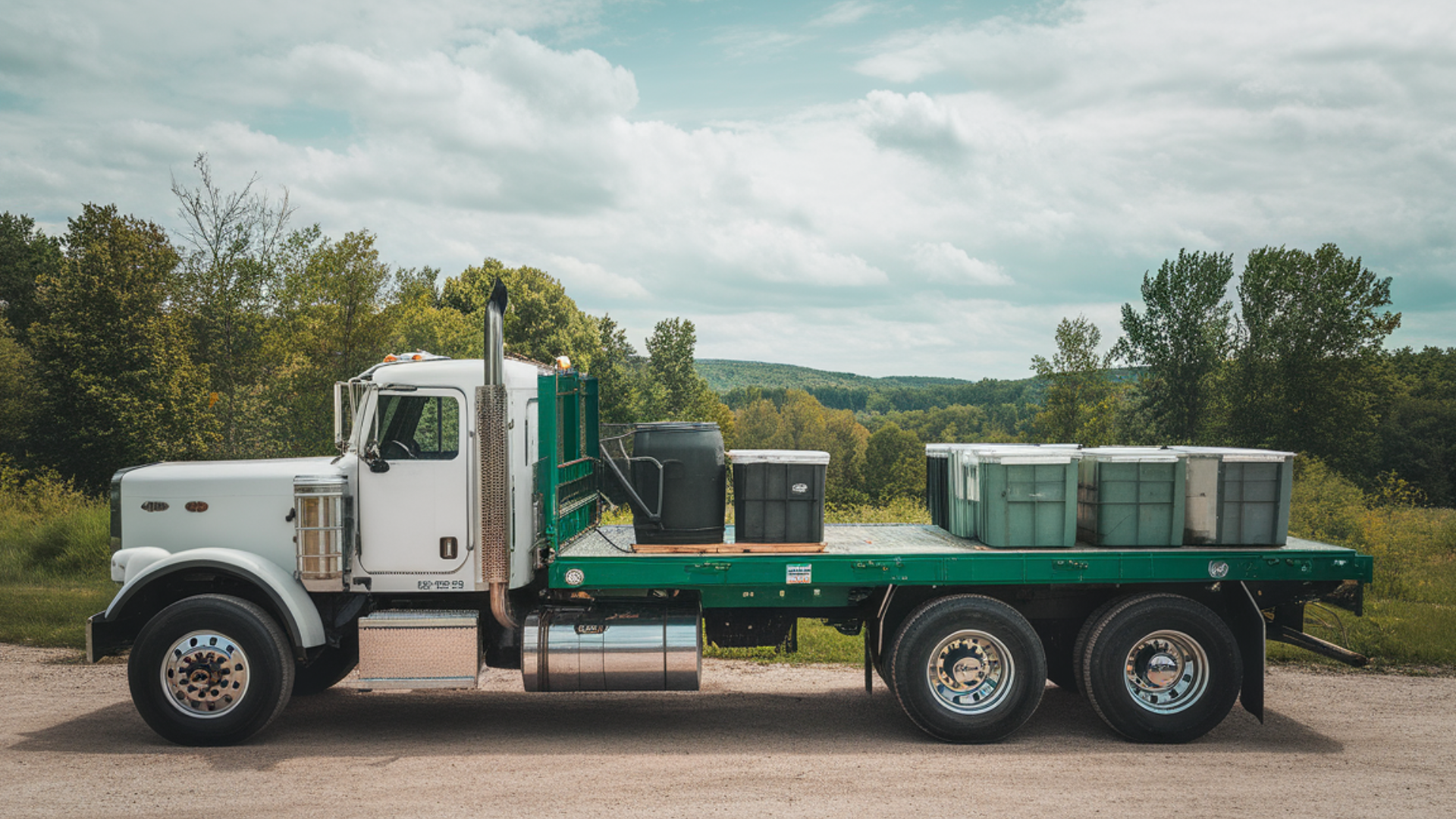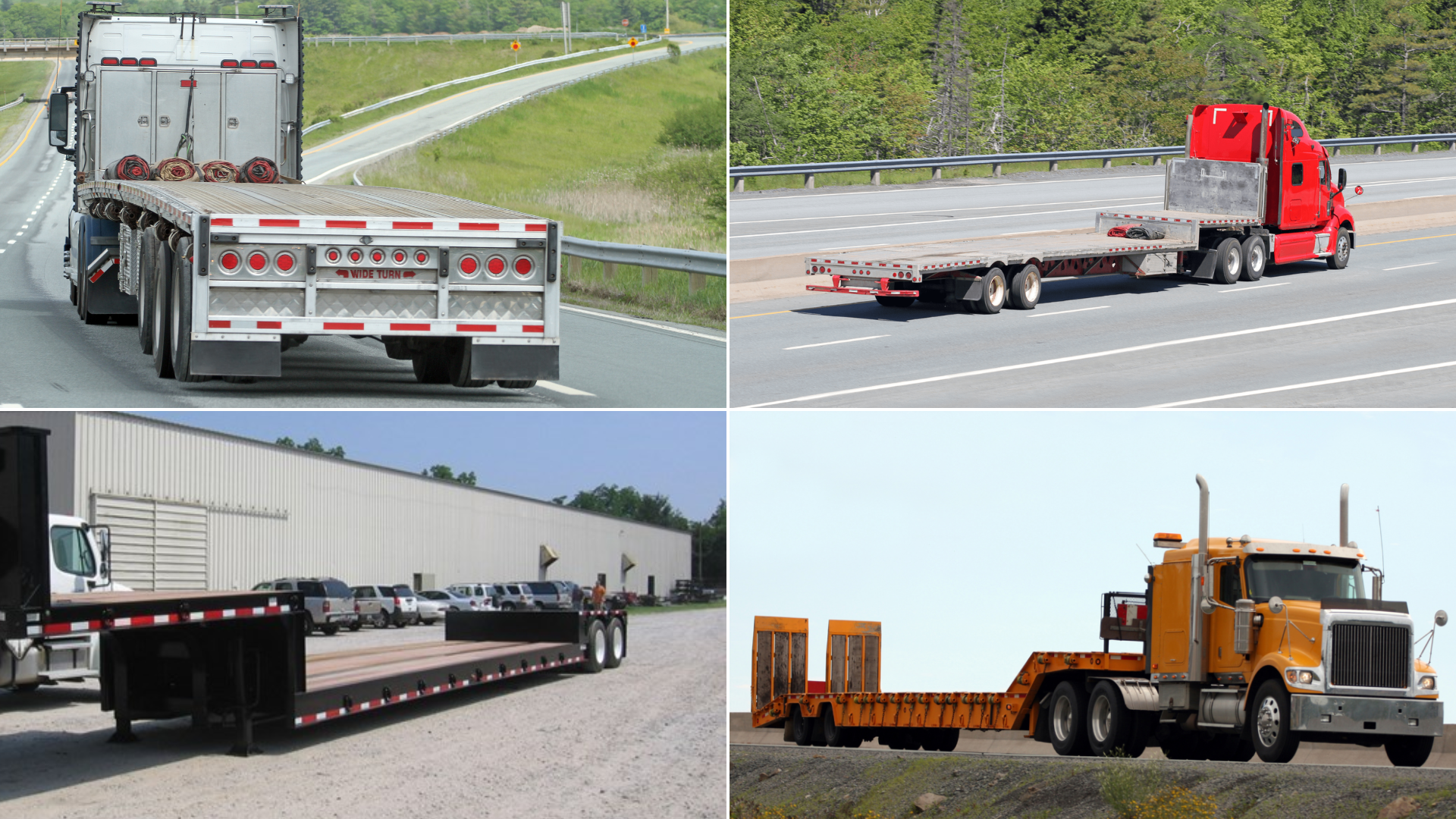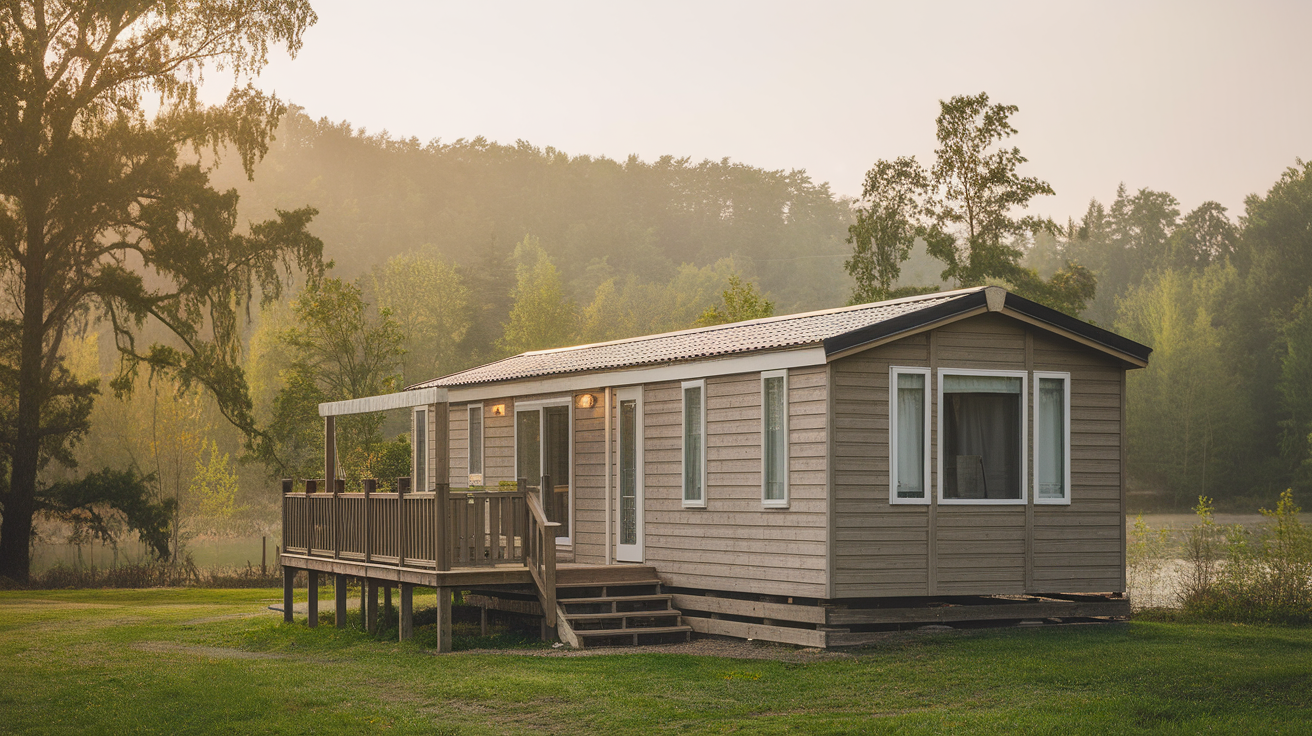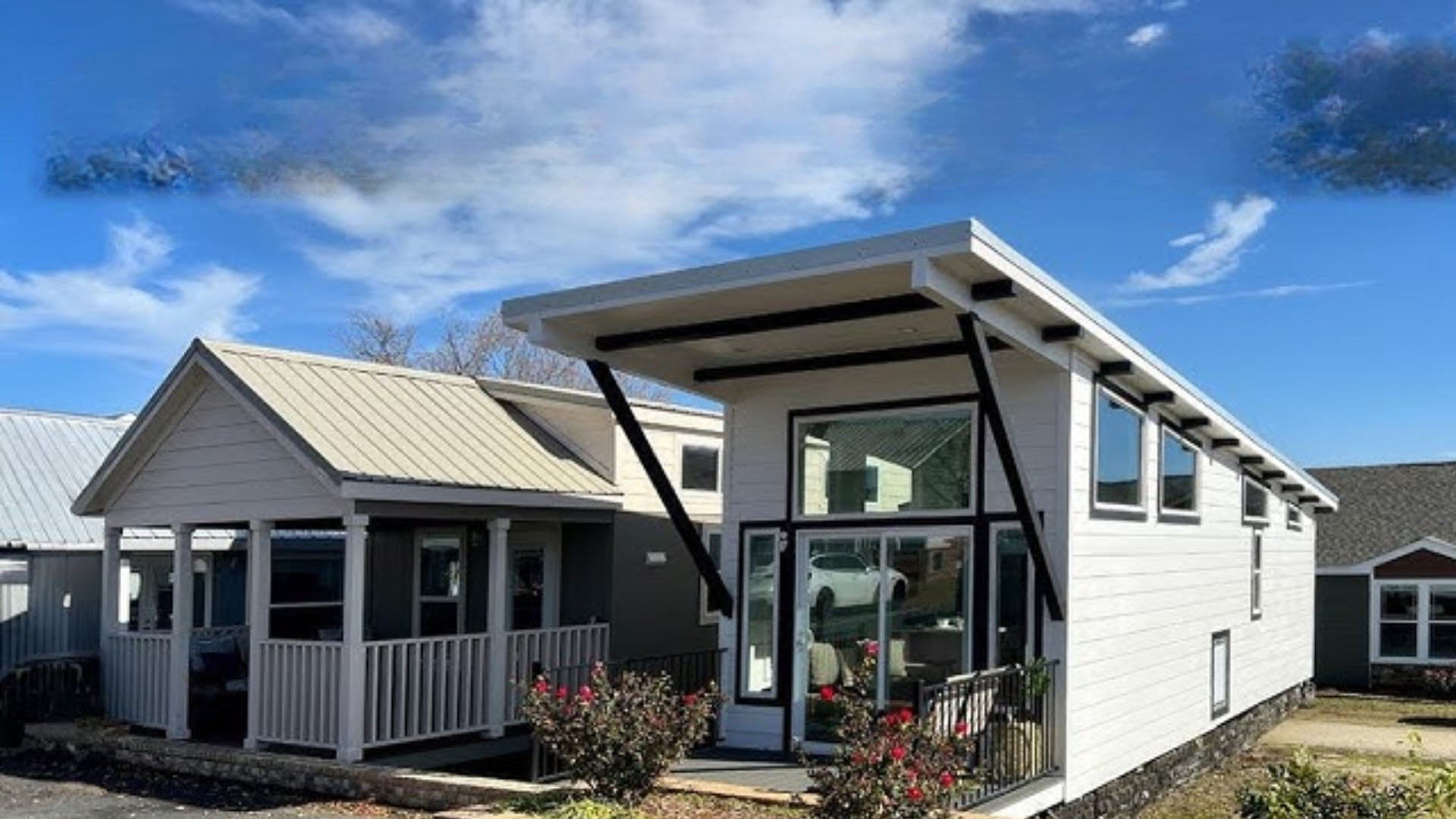When freight doesn’t fit neatly inside a standard trailer, flatbed freight often becomes the best solution. It’s not just about size but also about the flexibility and access it offers.
Today, I’ll tell you how flatbeds make it easier to handle heavy, oversized, or awkward cargo without the limits of walls or doors.
What people rarely talk about is how these trailers shape entire industries; construction, manufacturing, and even vehicle transport all rely on them in ways most of us never see.
If you’re shipping for the first time, understanding how flatbeds work can save you from costly mistakes and delays. Let’s start with the basics and look at what flatbed freight really is.
What is Flatbed Freight?

Flatbed freight is cargo that travels on an open-deck trailer instead of inside an enclosed one. I’ve found it’s often used for things that are too big, heavy, or oddly shaped for regular trailers.
Unlike dry vans or reefers, flatbed trailers don’t have walls or a roof. That means your load is completely open. The upside is that you can fit large or awkward items.
The downside is that the cargo is exposed to weather unless it’s covered with tarps.
So, if you’re moving something like lumber, steel, or heavy equipment, flatbed shipping usually makes the most sense.
Why Choose Flatbed Freight?
Flatbed shipping is used for a few simple but important reasons.
Size and Shape Flexibility: Flatbeds don’t limit you to a boxy space like a dry van. You can haul wide, tall, or bulky items without worrying about fitting through a door. That’s why you’ll often see things like beams, pipes, or tractors strapped to a flatbed.
Loading and Unloading Benefits: I like how flatbeds make loading simple, especially at sites without docks. You can load from the top, side, or back using forklifts or cranes. If you’ve ever dealt with big, heavy items, you know how much easier that makes the job.
Weather and Exposure Considerations: Since the trailer is open, your load will face rain, snow, or wind unless it’s protected. Tarps are often used, but not every load needs them. If your cargo isn’t sensitive to weather, you can save time and effort by leaving it uncovered.
Common Types of Flatbed Freight
Flatbed trailers are used when the load is too big, heavy, or awkward for an enclosed trailer. Here are the most common types you’ll see:
- Construction materials: lumber, steel beams, concrete, bricks, and pipes often move this way since they’re too long or heavy for a dry van.
- Heavy machinery: tractors, excavators, cranes, or generators fit well on open trailers and can be loaded by crane or forklift.
- Large structures: tanks, trusses, and framing sections that won’t fit inside a box trailer are often secured on flatbeds.
- Vehicles: cars, trucks, and even oversized equipment vehicles can be hauled safely and easily on flatbeds.
If your load is bulky, wide, or extra heavy, flatbed shipping is usually the most practical choice.
Flatbed Trailer Types

Not all flatbed trailers are the same. Each type is designed for specific freight, and choosing the right one can save you a lot of trouble.
1 Standard Flatbed
This is the workhorse of flatbed shipping. It’s a long, open deck with no sides or roof.
- Works best for everyday loads like lumber, steel beams, or building materials.
- Easy to load from any direction using forklifts or cranes.
I think of this as the “default option” when the cargo isn’t too tall or oddly shaped.
2. Step-Deck
A step-deck, or drop-deck, has two levels: a higher front section and a lower back deck.
- The lower section lets you haul taller freight without breaking legal height limits.
- Often used for machinery or equipment that stands high off the ground.
If you’ve ever worried about clearance under bridges, this type gives you extra room to breathe.
3. Double Drop Deck
This trailer takes things even lower. It has a well in the middle that sits closer to the road.
- Perfect for extremely tall loads, like industrial tanks or construction machines.
- Because of the deep middle section, the freight can stay upright while still meeting height rules.
These are less common but a lifesaver for certain oversized hauls.
4. Specialty Trailers
Some jobs need trailers built for unique challenges. A few examples:
- RGN (Removable Gooseneck): Lets you drive heavy equipment directly onto the trailer.
- Extendable Flatbeds: Stretch out for very long items like wind turbine blades or large pipes.
- Lowboys: Sit even lower than a step-deck, designed for the heaviest machinery.
These aren’t everyday trailers, but when your cargo is oversized or unusual, they’re often the only solution.
Picking the right trailer isn’t just about space. It’s also about safety, compliance, and making sure your load arrives without problems.
Safety and Compliance Requirements for Flatbed Freight
Flatbed freight looks simple at first, but safety and compliance are major parts of the process. I’ve learned that skipping details here can lead to fines, delays, or even serious accidents.
Load Securing
Every load has to be tied down correctly. Drivers rely on chains, straps, and binders to keep the cargo from shifting. The number and type of tie-downs depend on the size and weight of the load.
If you’ve ever seen freight slide around on a trailer, you know why this is so important. A poorly secured load isn’t just dangerous, it’s against the law.
DOT Regulations and Permits
Oversized or overweight freight usually requires special permits. The rules can vary by state, so paperwork often changes depending on the route. Some oversized loads even need pilot cars or escort vehicles to keep traffic safe.
From what I’ve seen, working with carriers who handle permits every day makes the process a lot smoother and keeps your shipment on schedule.
Insurance Considerations
Flatbed loads can be valuable, and that comes with extra risk. Cargo insurance protects the freight itself if damage occurs during transport. Liability insurance covers accidents or injuries linked to the haul.
I always recommend double-checking coverage before shipping expensive equipment. Having the right policy in place gives you peace of mind if anything unexpected happens.
Safety and compliance may not be the most exciting part of flatbed shipping, but they’re the backbone of the entire process. Following the rules keeps the freight secure and makes the road safer for everyone.
Flatbed Freight Shipping Rates

The cost of flatbed shipping can vary a lot. Rates depend on the type of load, where it’s going, and what’s required along the way. Understanding these factors makes it easier for you to plan ahead.
Factors That Affect Cost
The distance of the trip is usually the biggest factor in pricing. Heavier or oversized loads also raise the cost because they need more fuel, permits, or even escort vehicles.
Seasonality matters too. Flatbed demand often spikes during construction season, which can push rates higher.
Why Flatbed Pays More
Flatbed work generally pays more than dry van or reefer loads. The main reason is the extra skill and effort involved. Drivers need to secure every load with chains or straps, and that takes time.
Oversized freight also requires more experience to move safely. From what I’ve seen, the higher pay reflects the extra responsibility.
Example Rate Ranges
Rates change often, but flatbed loads usually fall in a higher range than standard freight.
For example, average spot rates can run anywhere from $2 to $3 per mile, with heavy haul or specialized loads climbing even higher. While the numbers shift with the market, the trend is steady; flatbed almost always commands a premium.
When you look at rates, think about the full picture. The price covers not just moving the load but also the time, permits, and risk involved. Paying for the right setup is worth it if it means your shipment arrives safely and on time.
Challenges of Flatbed Freight
Flatbed shipping is versatile, but it comes with challenges that you and I can’t ignore. These are the most common ones to keep in mind.
- Weather Exposure: Since the trailer is open, cargo is exposed to rain, snow, and wind. Some loads can handle this, but others need tarps for protection, which adds time and effort.
- Securing Irregular Loads: Bulky or oddly shaped freight doesn’t sit evenly. It takes more work to tie down with chains, straps, and edge protectors to keep everything safe.
- Driver Skill and Training: Flatbed drivers need more than driving skills. They also handle load securing, safety checks, and compliance. This makes the job harder and limits how many drivers are willing to take it on.
Flatbed freight solves problems that enclosed trailers can’t, but these challenges mean more planning and care are required on every shipment.
Flatbed Freight vs. Other Shipping Methods
It helps to compare flatbeds with other trailer types you might consider. Here’s a simple breakdown of the main differences:
| Feature | Flatbed Freight | Dry Van | Reefer | Step Deck |
|---|---|---|---|---|
| Cargo Type | Oversized, heavy, or irregular loads | Palletized goods, boxed items | Temperature-sensitive freight | Tall or oversized items that exceed flatbed height limits |
| Protection | Open to weather, tarps optional | Fully enclosed | Enclosed with refrigeration | Open, some tarping |
| Loading | From top, sides, or back | From dock only | From dock only | From top, sides, or back |
| Best For | Construction materials, machinery, vehicles | Consumer goods, packaged freight | Food, medicine, perishables | Taller machinery, equipment, and freight needing lower deck height |
| Key Advantage | Flexibility for size and shape | Security and protection | Temperature control | Extra clearance for tall cargo |
Flatbeds stand out for their flexibility, but each trailer type has its own strengths. The right choice depends on your cargo’s size, shape, and handling needs.
Choosing a Flatbed Freight Provider
Finding the right provider makes a big difference in how smooth your shipment goes. Focus on three main things: quality, reputation, and the type of service you actually need.
Key Qualities to Look For
When you’re picking a provider, keep these in mind:
- Fleet size: A larger fleet usually means more capacity and fewer delays.
- Safety record: Check compliance history and accident rates. A clean record shows reliability.
- Experience with your cargo: Moving steel beams is different from moving machinery. Make sure they’ve handled loads like yours before.
Top Carriers
Some carriers stand out in the flatbed space:
- Melton Truck Lines: Known for decades of experience and a strong fleet.
- J.B. Hunt: Offers flatbed alongside other full truckload services.
- ArcBest: Connects shippers with regional and long-haul flatbed options.
- Uber Freight: A digital platform that helps match loads with carriers quickly.
- ATS (Anderson Trucking Service): Offers both standard and specialized flatbed capacity.
Each of these carriers has its own strengths, so the best choice often depends on your location and the type of load you’re moving.
Broker vs. Carrier
You’ll also need to decide whether to work with a broker or go directly to a carrier. A carrier owns its trucks and hauls freight itself, which gives you more direct control.
A broker connects you with different carriers, which can give you flexibility and access to more options. Brokers can be especially helpful when freight is oversized or routes are complex.
The right provider balances safety, cost, and service. When you find a carrier or broker that checks those boxes, your shipment is far more likely to stay on track.
Tips for Shippers Using Flatbed Freight
Flatbed shipping gets easier when you know a few practical steps. I’ve found these tips help shippers avoid common problems and keep loads moving on time.
- Prepare cargo for loading: Secure items on pallets or bundles before the truck arrives. This speeds up loading and reduces the risk of damage.
- Share special requirements early: If your load needs permits, pilot cars, or tarps, let the carrier know right away so there are no surprises.
- Use the right equipment: Make sure forklifts, cranes, or other tools are ready at the pickup site. Flatbeds rely on this for safe loading.
- Plan for weather: If your freight can’t get wet, request tarps in advance. Waiting until the last minute can delay the shipment.
- Double-check details: Confirm pickup times, delivery hours, and site access. Small oversights here often lead to big delays or extra fees.
Following these steps keeps your freight safer and your costs under control. With a little planning up front, flatbed shipping runs much more smoothly for both you and the carrier.
Seasonal and Market Factors in Flatbed Shipping
Flatbed freight does not move at the same pace throughout the year. Seasonal changes play a big role in how available trucks are and what rates look like.
During the winter, demand often slows down because construction activity decreases. This dip can make trucks easier to find, but it may also cause rates to shift depending on the region.
Market challenges are another factor. Rising fuel prices, driver shortages, and changes in building demand all affect flatbed shipping. These pressures can create delays, raise costs, or make scheduling less predictable.
By keeping an eye on these trends, shippers can plan better and avoid surprises. Timing a shipment around seasonal shifts or market pressures can save both time and money.
Wrapping Up
Flatbed freight is one of those shipping options I’ve come to respect because it solves problems no other trailer can
I’ve seen how much smoother things go when I prepare ahead and work with providers who know what they’re doing.
For you, it comes down to the details: making sure your cargo is ready, thinking about site access, and planning around market shifts. When you handle those small steps, you save money, avoid stress, and keep everything on track.
If you’d like to keep learning practical ways to ship smarter, take a look at my other blogs on the website for more useful insights.















